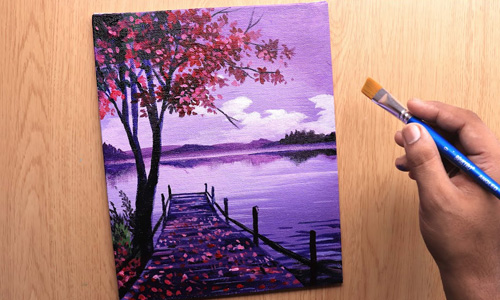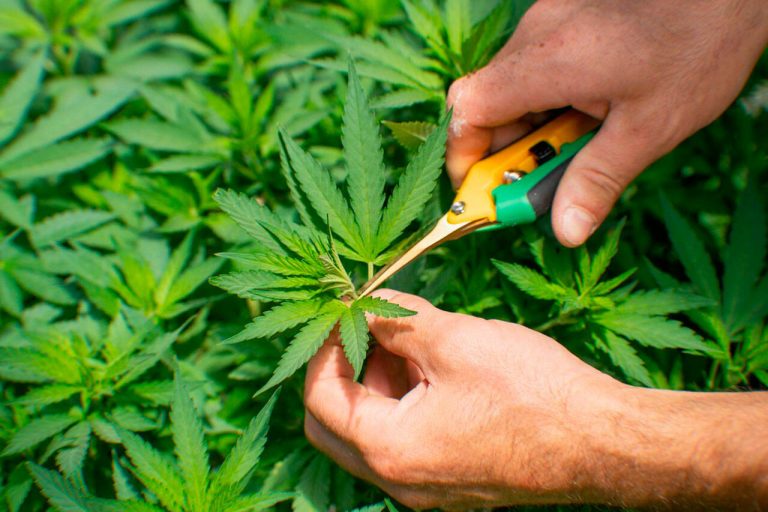
At the core of any painting course is the development of technical skills. Participants learn various painting techniques such as blending, shading, layering, and brushwork. They become adept at handling different types of paints, brushes, and surfaces. Through painting course practice and guidance, they gradually refine their abilities to create visually appealing compositions.
Colour Theory:
Understanding colour theory is fundamental to painting. In a painting course, students learn about the colour wheel, colour mixing, complementary colours, temperature, value, and saturation. They discover how to use colour effectively to evoke emotions, create harmony, and convey mood in their artwork.
Composition:
Composition is the arrangement of elements within a painting. Students learn principles of composition such as balance, contrast, focal points, and rhythm. They explore different compositional techniques and how to use them to create visually compelling and balanced artworks.
Creativity and Expression:
Painting courses encourage creativity and self-expression. Participants are encouraged to experiment with different styles, subjects, and approaches to painting. They learn to tap into their imagination, express their thoughts and emotions through art, and develop their unique artistic voice.
Problem-solving:
Painting often involves overcoming challenges and making decisions along the way. Students learn to problem-solve creatively when faced with issues such as correcting mistakes, choosing the right colors, or adjusting compositions. They develop the ability to think critically and find innovative solutions to artistic problems.
Patience and Persistence:
Painting requires patience and persistence. Students learn to embrace the process of painting, including the inevitable mistakes and setbacks that occur along the way. They develop resilience and perseverance as they work through challenges and strive to improve their skills.
Observation Skills:
Painting encourages students to become keen observers of the world around them. They learn to pay attention to details, shapes, forms, light, and shadow. Through observational drawing exercises and plein air painting sessions, they sharpen their observational skills and learn to see the world with a fresh perspective.
Self-discipline and Time Management:
Like any creative endeavor, painting requires discipline and time management. Students learn to set goals, manage their time effectively, and stay focused on their artwork. They develop a regular painting practice that helps them progress and achieve their artistic aspirations.

Critique and Feedback:
In a painting course, students engage in critiques and receive feedback from instructors and peers. They learn to give and receive constructive criticism, which helps them gain insights into their strengths and areas for improvement. Constructive critique fosters growth and encourages students to push themselves creatively.
Art Appreciation:
Finally, painting courses foster an appreciation for art history and different artistic movements. Students learn about influential artists, styles, and movements throughout history, gaining a deeper understanding of the context in which their own work exists.







